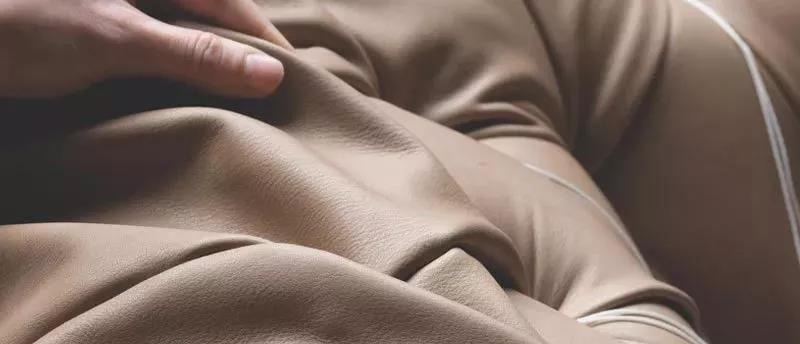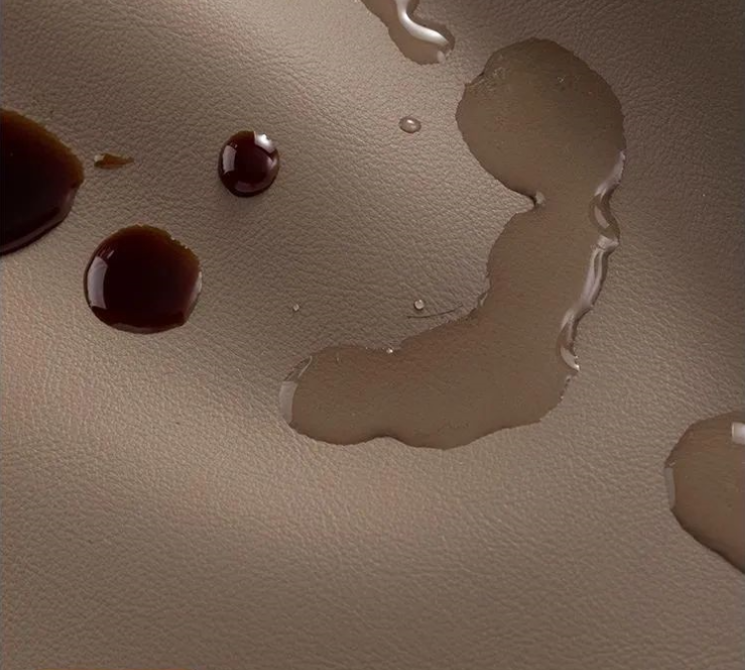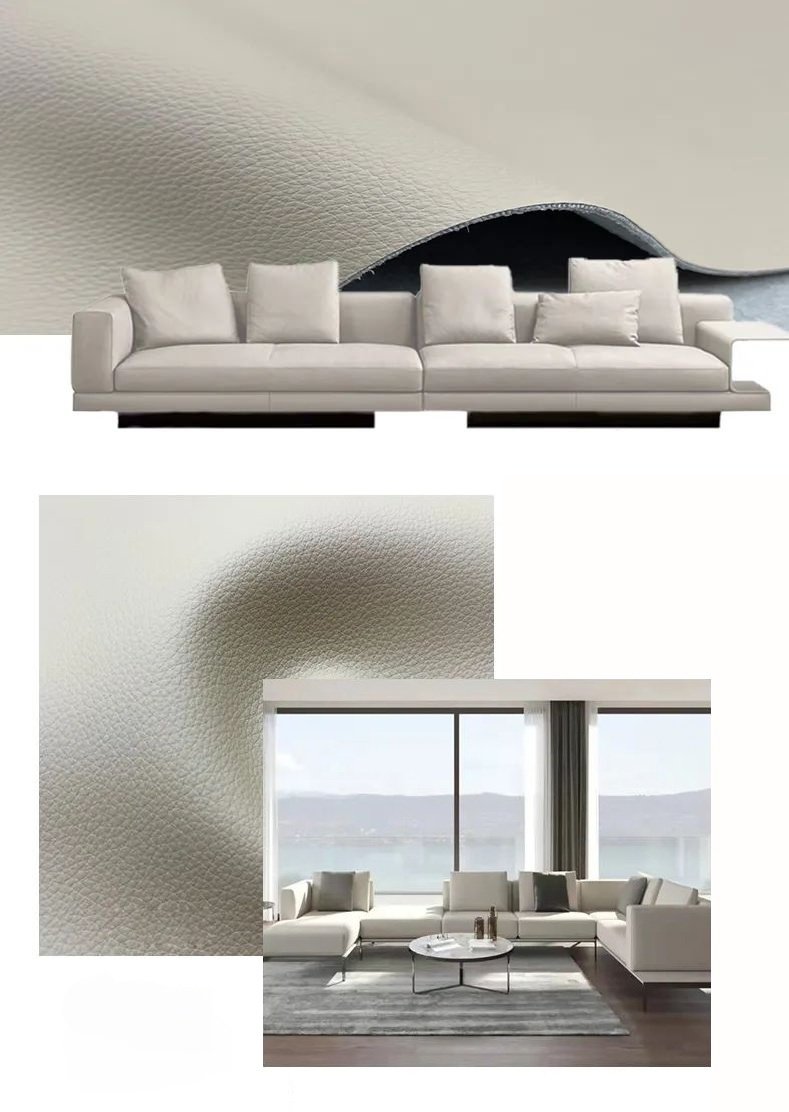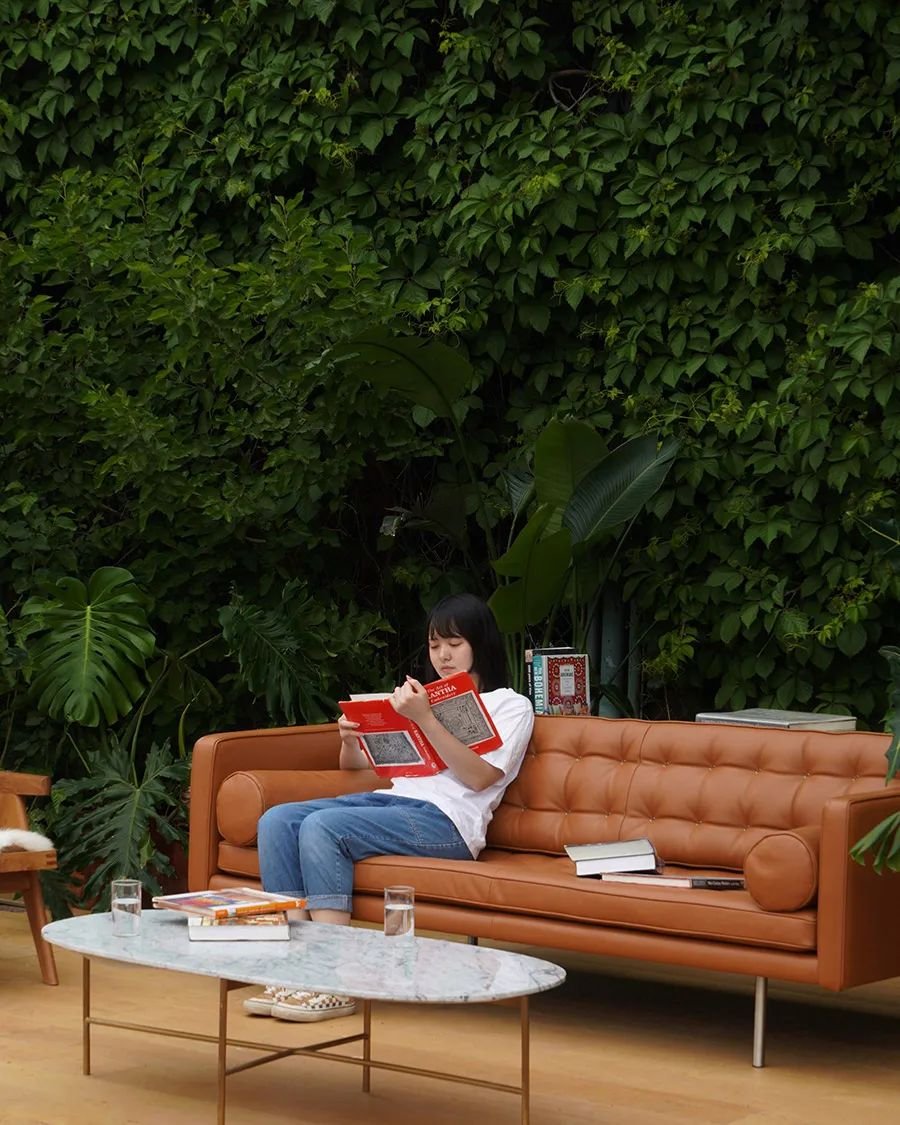When it comes to faux leather, not all projects are created equal. Whether you’re crafting luxurious furniture, designing automotive interiors, or whipping up chic fashion accessories, the thickness of your faux leather can make or break your project. ️
Why Thickness Matters
The thickness of faux leather isn’t just about durability—it’s about feel, flexibility, and functionality. The right thickness ensures that your product not only looks great but also performs well over time. Here’s how to navigate this crucial aspect of your project:
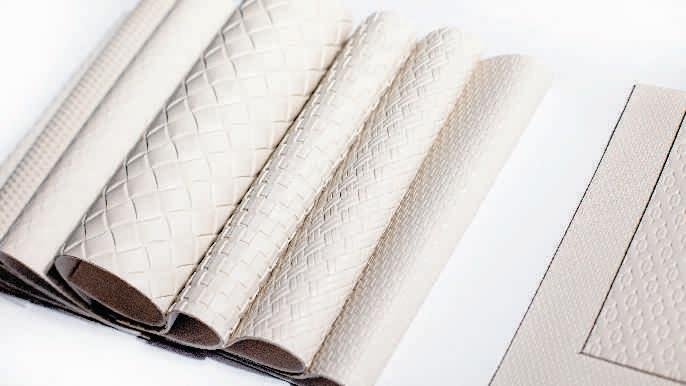
1. Furniture Upholstery: The Heavier, The Better
When upholstering furniture, you need something that can withstand daily use and still look fantastic. Imagine a plush sofa that feels sturdy yet soft to the touch—that’s what the right thickness of faux leather can do.
Ideal Thickness: For most furniture, you’ll want to go with a thicker faux leather, typically around 1.2 to 1.4 mm. This provides enough durability to resist wear and tear, while still offering comfort.
Why It Works: Thicker faux leather in furniture is like a good handshake—it’s solid, reliable, and gives a feeling of quality. The added heft ensures that your upholstery won’t easily tear or stretch, maintaining its appearance for years.
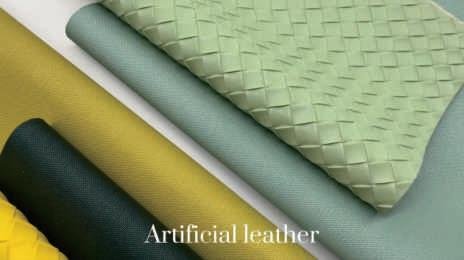
2. Automotive Interiors: A Balance of Durability and Flexibility
Cars endure a lot—heat, cold, friction, and constant movement. Your choice of faux leather needs to stand up to these conditions without cracking or fading.
Ideal Thickness: Look for something in the range of 1.0 to 1.2 mm. This strikes the perfect balance between durability and flexibility, allowing the material to conform to the complex curves and shapes found in car interiors.
Why It Works: In the automotive world, faux leather needs to be tough yet supple. A thickness in this range ensures that your car’s interior remains resilient against the elements while offering a smooth, luxurious feel.
3. Fashion Accessories: Light and Flexible for Everyday Wear
When designing handbags, wallets, or shoes, you need faux leather that’s light, flexible, and easy to work with. Imagine a sleek handbag that’s both stylish and practical—this is where thinner faux leather comes in.
Ideal Thickness: Go for a thickness of 0.8 to 1.0 mm. This allows the material to be easily manipulated into different shapes and sizes, making it perfect for intricate designs.
Why It Works: Lightweight faux leather offers the perfect blend of flexibility and durability. It’s thin enough to create detailed, fashionable items, yet sturdy enough to hold up to everyday use.
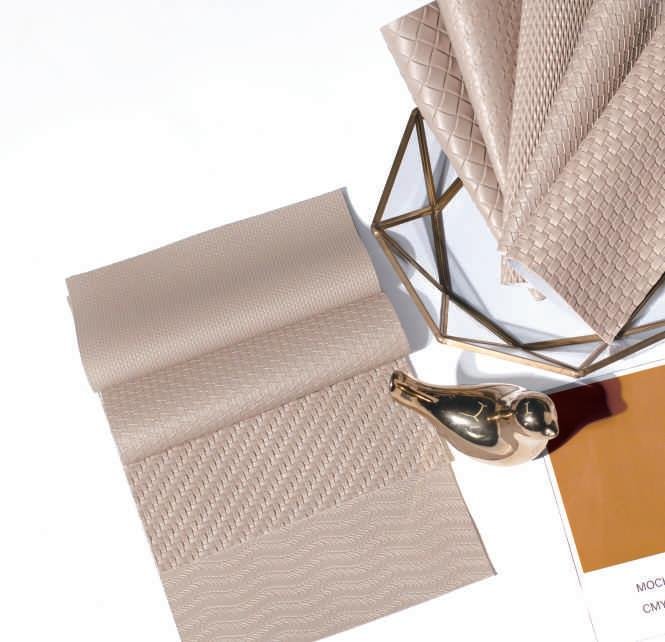
4. Wall Coverings: Aesthetic Appeal Meets Durability
Wall coverings made from faux leather can add a touch of luxury to any room. Whether it’s for a high-end hotel or a cozy home office, the right thickness can ensure the material adheres well and provides the desired texture.
Ideal Thickness: Aim for a medium thickness of around 0.8 to 1.0 mm. This ensures the material is thick enough to create a textured look but still flexible enough to adhere smoothly to walls.
Why It Works: This thickness is just right for adding dimension and depth to walls, creating a rich, tactile experience that’s both visually stunning and durable.
5. Soft Goods: Comfort is Key
For items like cushions, pillows, or soft upholstery, comfort is paramount. You’ll want faux leather that feels soft to the touch while still offering durability.
Ideal Thickness: A thickness of around 1.0 mm is typically ideal. It provides the necessary softness for comfort, without compromising on strength.
Why It Works: This thickness offers a nice middle ground—soft enough for comfort, yet sturdy enough to ensure your soft goods hold their shape and withstand use over time.
Final Thoughts: Matching Thickness to Functionality
Choosing the right thickness of faux leather for your project isn’t just about following trends—it’s about understanding the specific needs of your product and ensuring it performs its best. By considering the end use, you can select a thickness that enhances both the aesthetic and functional qualities of your creation.
Remember, thicker isn’t always better, and thinner doesn’t always mean weaker. It’s all about finding the right balance for your specific application. So, whether you’re crafting a robust piece of furniture or a delicate fashion accessory, the right thickness will help you bring your vision to life, ensuring quality, durability, and style in every piece.
Ready to start your next project? Choosing the right faux leather thickness could be the first step to ensuring success!
#FauxLeather #DesignTips #InteriorDesign #FashionDesign #AutomotiveInterior #FurnitureUpholstery

